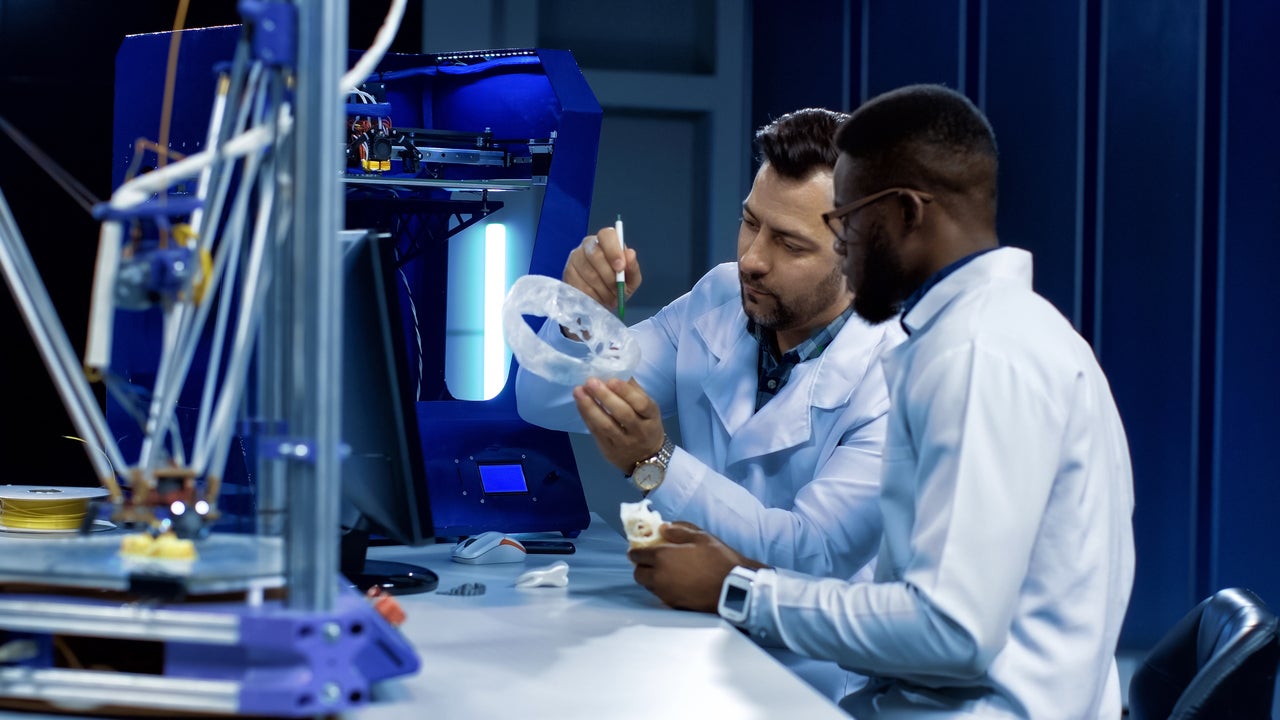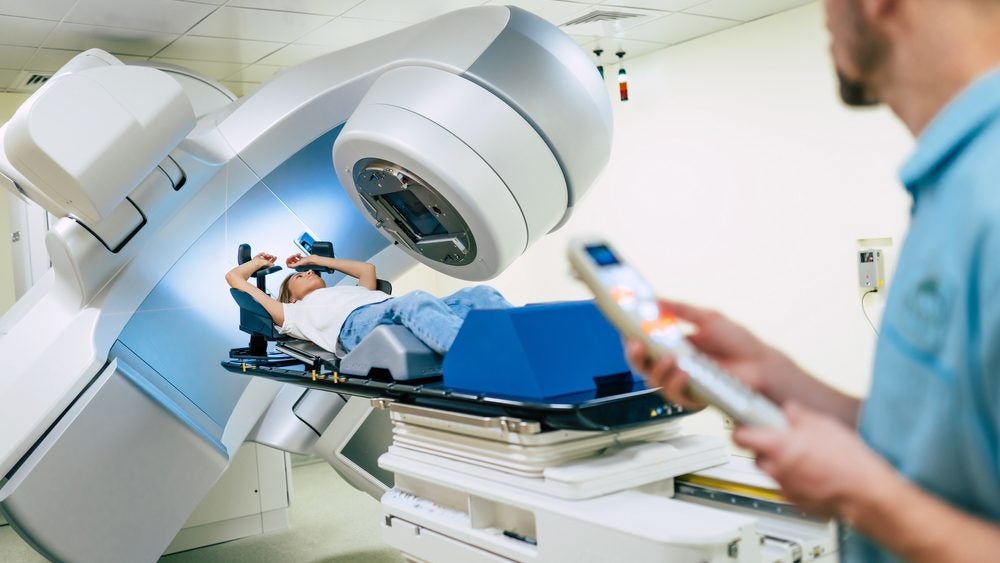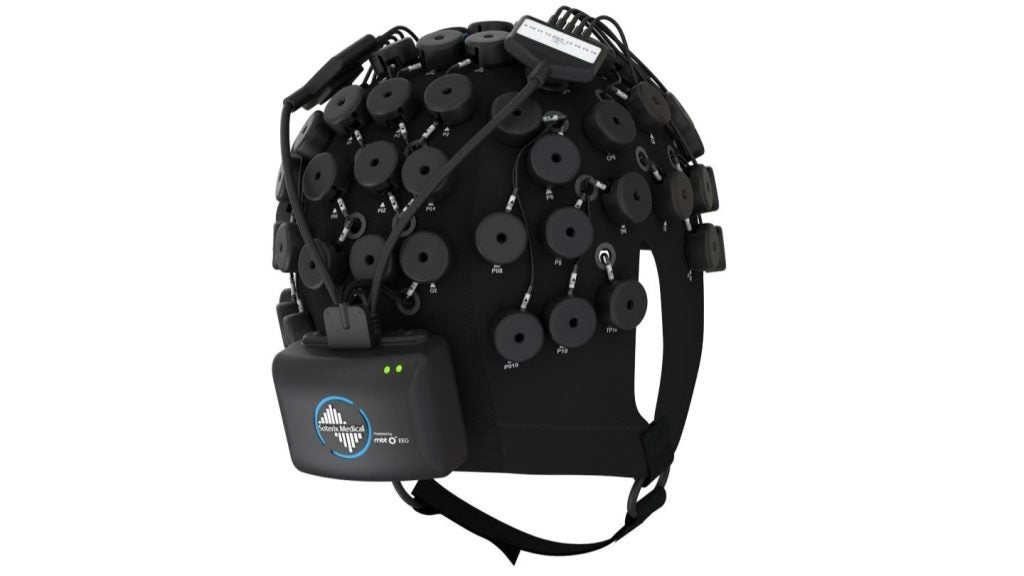
3D printing, or additive manufacturing, enables fabrication of 3D structures that are very complex and specific, prohibitively expensive, or impossible to produce using traditional manufacturing. According to GlobalData analysis, the overall 3D-printing market was valued over $13B by the end of 2019, and is expected to reach $32B by 2025, and over $60B by 2030. As technology development and costs come down, 3D is replacing traditional prototype development approaches across various industries, and medical usage is a fast-growing one.
The medical 3D-printing market is set to follow a steep growth curve for the next few years. The market is driven by technology innovation, increased awareness from healthcare practitioners, and an aging population with a consequent increase in demand for personalized treatment. During the COVID-19 pandemic, the technology has been used to solve critical shortages of essential goods caused by disruptions in supply chains, ranging from personal protective equipment (PPE) to key components of ventilators. 3D printing can be a vital technology to support healthcare after COVID-19 due to its inherent flexibility.
The medical applications for 3D printing cover many disciplines and continue to accumulate. GlobalData found that current hospital uses of 3D printing span cardiovascular, orthopedic, colorectal, liver, ear/nose/throat (ENT), and urologic applications. 3D printing has been used for custom-made medical devices, including hearing aids, dental implants, joint replacements, and artificial limbs. According to GlobalData analysis, the 3D-printed titanium implant Modulus from NuVasive is among the top five interbody products in the spinal fusion market. The revenue of the device has increased steadily since its launch in 2017. During the COVID-19 crisis, it demonstrates faster recovery than traditional interbody devices, indicating the strong demand from healthcare facilities. Additionally, medical 3D printing improves surgical planning, leading to shorter procedure times, reduced patient blood loss, and enhanced surgeon training and patient education. As a result, the market of medical 3D printers is growing quickly. Stratasys Inc is the market leader, enjoying the majority of share in the US. The company launched its J750 Digital Anatomy 3D Printer in late 2019 and quickly gained interest from clinical users for its anatomical modelling function.
One of the promising areas of medical 3D printing is expected to be biologic printing, which processes biomaterials to create tissue and organs. EnvisionTEC is the leader in bioprinting technology with printers typically costing more than $200,000. The other market leader, Organovo, restructured to use its 3D-printed tissues for disease modelling and drug discovery
instead of developing therapeutic liver tissue. Rising R&D and flexible government policies will be driving the future biologic 3D-printing market.
How well do you really know your competitors?
Access the most comprehensive Company Profiles on the market, powered by GlobalData. Save hours of research. Gain competitive edge.

Thank you!
Your download email will arrive shortly
Not ready to buy yet? Download a free sample
We are confident about the unique quality of our Company Profiles. However, we want you to make the most beneficial decision for your business, so we offer a free sample that you can download by submitting the below form
By GlobalData








Related Company Profiles
NuVasive Inc
Stratasys Ltd
Organovo Inc
Envisiontec GmbH